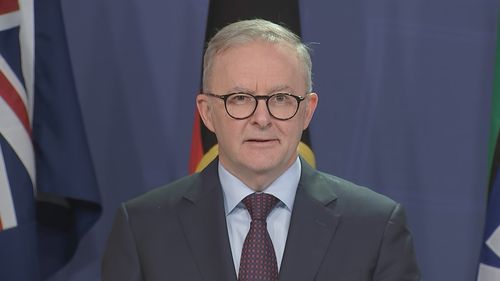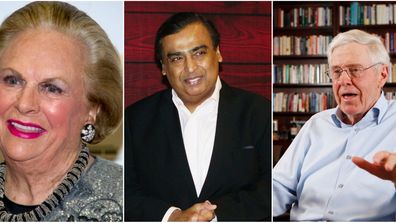New data from the Australian Bureau of Statistics (ABS) showed that the Consumer Price Index, or CPI, rose 1.9 per cent in the December 2022 quarter.
The figure largely beat market expectations, which had been pricing in more moderate growth.

It is the fourth consecutive quarter to show a rise in the cost living greater than anything seen since the introduction of the Goods and Services Tax (GST) in 2000.
The CPI is anecdotally used to measure the rate of inflation in Australia as it evaluates the change in cost of a standard basket of goods and services.
Today’s hotter-than-expected inflation figure now increases the likelihood that the Reserve Bank of Australia (RBA) will increase rates when it meets on the first Tuesday of February.

“We certainly hope that (inflation) has peaked,” he said.
“The whole world has been impacted by the Russian invasion of Ukraine, and we are not immune to it.”
Albanese did not explicitly say Australia if would avoid slipping into a recession.
“I think our economy still has very strong fundamentals,” he said.

Inflation measures the prices of the goods and services that households buy.
Read Related Also: Kaley Cuoco Cuddles & Falls Asleep With Daughter Matilda In Cute Motherhood Pics
In Australia, this is also known by the term Consumer Price Index, or CPI.
Okay, tell me more about the CPI
The CPI measures quarterly changes in the price of a “basket” of goods and services which account for a high proportion of expenditure by metropolitan households.
A lot of items, too many to list here.
The “basket” fundamentally attempts to replicate the real-world spending of the average Australian household.
So what does this all mean?
With every inflationary rise, your buying power goes down, because you’re paying more for the items you habitually purchase.
Some Australians may receive pay rises – which maintains their buying power – but many are left affording the same times with the same money available to them before rising inflation.

Meet the top 10 richest families in the world






